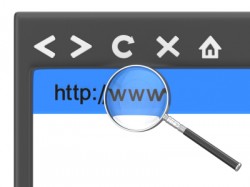Most people tend to focus a lot of their local search engine marketing for their auto dealer website on Google Places. While it’s true that a lot, if not most, of your search traffic comes from Google, it’s still important to make sure your dealership is properly optimized for the other major players as well.
Here are directions to set up a free local business presence on both Yahoo and Bing:
Yahoo
Create a Yahoo account for your auto dealership. While signed in, go to Yahoo Search Marketing and click “sign up”. Make sure you enter all of your business information including name, address, phone number, and hours. The preview page lets you edit or submit; click submit once all the information is accurate.
Bing
Click “get started now” in the Bing Business Portal. You’ll have to check to make sure your business isn’t already listed, so enter your dealership’s information when asked. If not already there, enter all business information, then verify your dealership. Bing also allows you to add photos and deals (coupons) for free.
Make sure the details you enter into these and any other local search directory (Yellowpages, Yelp, etc) match those you have listed in Google Places. The first rule of local directory consistency is to focus on NPA:
–Name – Your business name needs to EXACTLY match across all of these properties
–Phone – Your phone # (hopefully local phone number) should EXACTLY match across all of
these properties.
–Address – Your business address should EXACTLY match across all of these properties.
Having consistent dealership data across the Internet will help each rank higher than those dealerships that don’t. Also, use related keywords as much as possible (as long as they are relevant).



